Sarkhel H. Taher Karim
Speaker Diarization for Low-Resource Languages Through Wav2vec Fine-Tuning
Apr 23, 2025


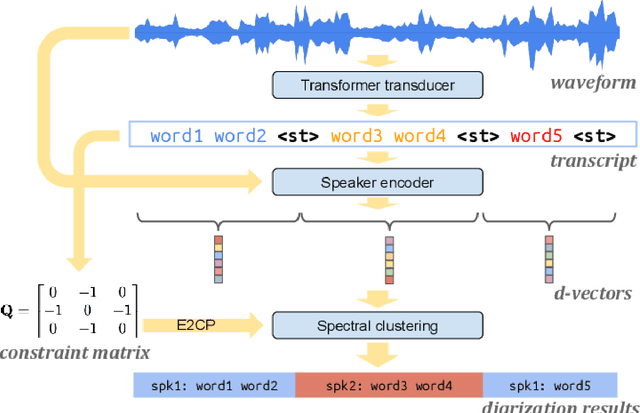
Abstract:Speaker diarization is a fundamental task in speech processing that involves dividing an audio stream by speaker. Although state-of-the-art models have advanced performance in high-resource languages, low-resource languages such as Kurdish pose unique challenges due to limited annotated data, multiple dialects and frequent code-switching. In this study, we address these issues by training the Wav2Vec 2.0 self-supervised learning model on a dedicated Kurdish corpus. By leveraging transfer learning, we adapted multilingual representations learned from other languages to capture the phonetic and acoustic characteristics of Kurdish speech. Relative to a baseline method, our approach reduced the diarization error rate by seven point two percent and improved cluster purity by thirteen percent. These findings demonstrate that enhancements to existing models can significantly improve diarization performance for under-resourced languages. Our work has practical implications for developing transcription services for Kurdish-language media and for speaker segmentation in multilingual call centers, teleconferencing and video-conferencing systems. The results establish a foundation for building effective diarization systems in other understudied languages, contributing to greater equity in speech technology.
Real-Time COVID-19 Diagnosis from X-Ray Images Using Deep CNN and Extreme Learning Machines Stabilized by Chimp Optimization Algorithm
May 14, 2021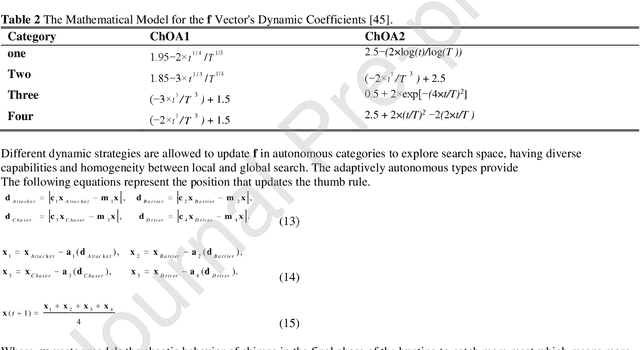
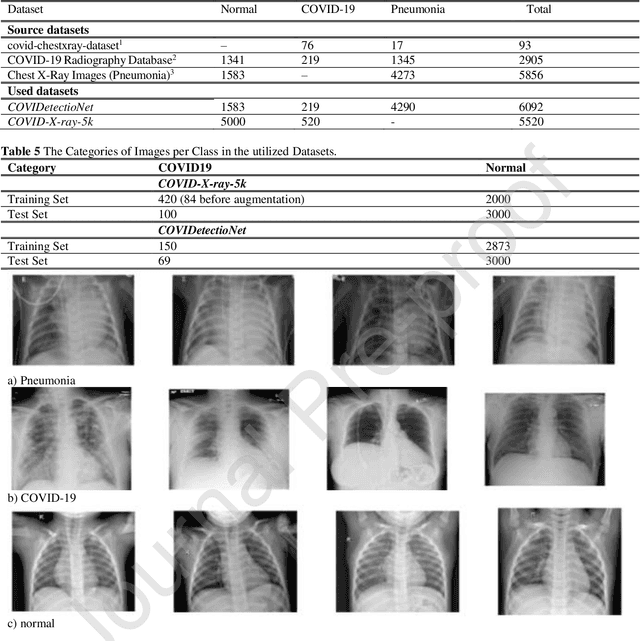
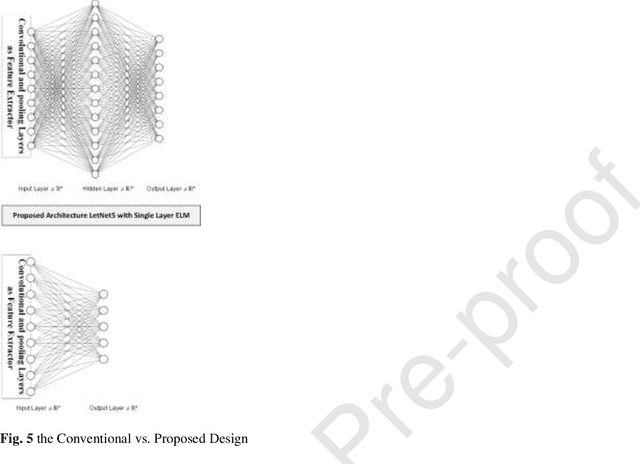
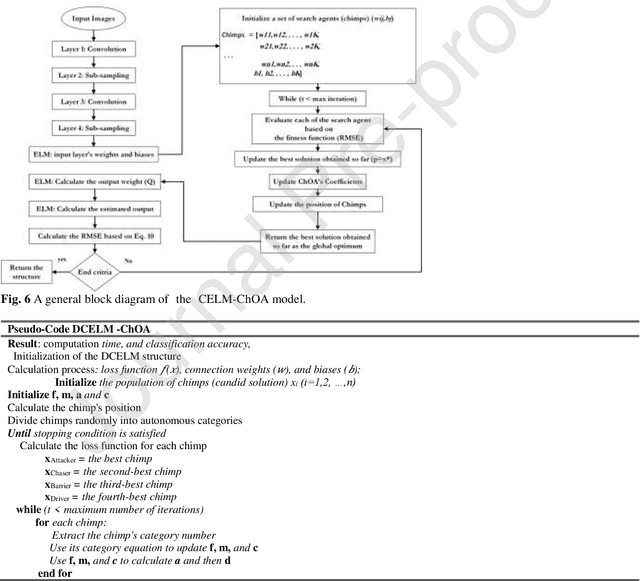
Abstract:Real-time detection of COVID-19 using radiological images has gained priority due to the increasing demand for fast diagnosis of COVID-19 cases. This paper introduces a novel two-phase approach for classifying chest X-ray images. Deep Learning (DL) methods fail to cover these aspects since training and fine-tuning the model's parameters consume much time. In this approach, the first phase comes to train a deep CNN working as a feature extractor, and the second phase comes to use Extreme Learning Machines (ELMs) for real-time detection. The main drawback of ELMs is to meet the need of a large number of hidden-layer nodes to gain a reliable and accurate detector in applying image processing since the detective performance remarkably depends on the setting of initial weights and biases. Therefore, this paper uses Chimp Optimization Algorithm (ChOA) to improve results and increase the reliability of the network while maintaining real-time capability. The designed detector is to be benchmarked on the COVID-Xray-5k and COVIDetectioNet datasets, and the results are verified by comparing it with the classic DCNN, Genetic Algorithm optimized ELM (GA-ELM), Cuckoo Search optimized ELM (CS-ELM), and Whale Optimization Algorithm optimized ELM (WOA-ELM). The proposed approach outperforms other comparative benchmarks with 98.25% and 99.11% as ultimate accuracy on the COVID-Xray-5k and COVIDetectioNet datasets, respectively, and it led relative error to reduce as the amount of 1.75% and 1.01% as compared to a convolutional CNN. More importantly, the time needed for training deep ChOA-ELM is only 0.9474 milliseconds, and the overall testing time for 3100 images is 2.937 seconds.
* 17 pages. arXiv admin note: text overlap with arXiv:2105.14192
Evolving Deep Convolutional Neural Network by Hybrid Sine-Cosine and Extreme Learning Machine for Real-time COVID19 Diagnosis from X-Ray Images
May 14, 2021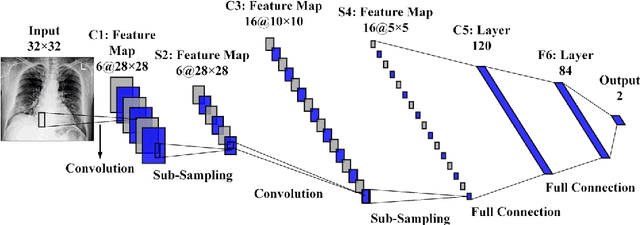

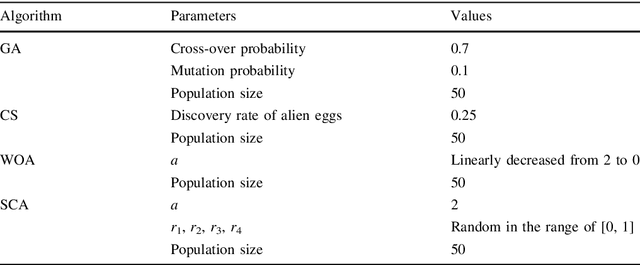
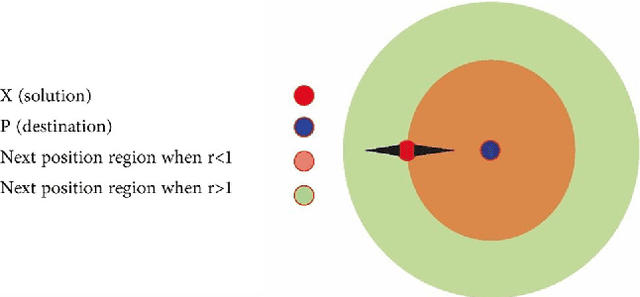
Abstract:The COVID19 pandemic globally and significantly has affected the life and health of many communities. The early detection of infected patients is effective in fighting COVID19. Using radiology (X-Ray) images is perhaps the fastest way to diagnose the patients. Thereby, deep Convolutional Neural Networks (CNNs) can be considered as applicable tools to diagnose COVID19 positive cases. Due to the complicated architecture of a deep CNN, its real-time training and testing become a challenging problem. This paper proposes using the Extreme Learning Machine (ELM) instead of the last fully connected layer to address this deficiency. However, the parameters' stochastic tuning of ELM's supervised section causes the final model unreliability. Therefore, to cope with this problem and maintain network reliability, the sine-cosine algorithm was utilized to tune the ELM's parameters. The designed network is then benchmarked on the COVID-Xray-5k dataset, and the results are verified by a comparative study with canonical deep CNN, ELM optimized by cuckoo search, ELM optimized by genetic algorithm, and ELM optimized by whale optimization algorithm. The proposed approach outperforms comparative benchmarks with a final accuracy of 98.83% on the COVID-Xray-5k dataset, leading to a relative error reduction of 2.33% compared to a canonical deep CNN. Even more critical, the designed network's training time is only 0.9421 milliseconds and the overall detection test time for 3100 images is 2.721 seconds.
 Add to Chrome
Add to Chrome Add to Firefox
Add to Firefox Add to Edge
Add to Edge